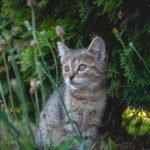The journey of how the fierce hunters of the wild evolved into the affectionate companions in our homes is both fascinating and complex. This transition involves intricate genetic, behavioral, and ecological factors. Understanding the DNA connections between wild cats and domestic cats offers insights into their evolution, adaptations, and domestication.
Tracing Back the Ancestry
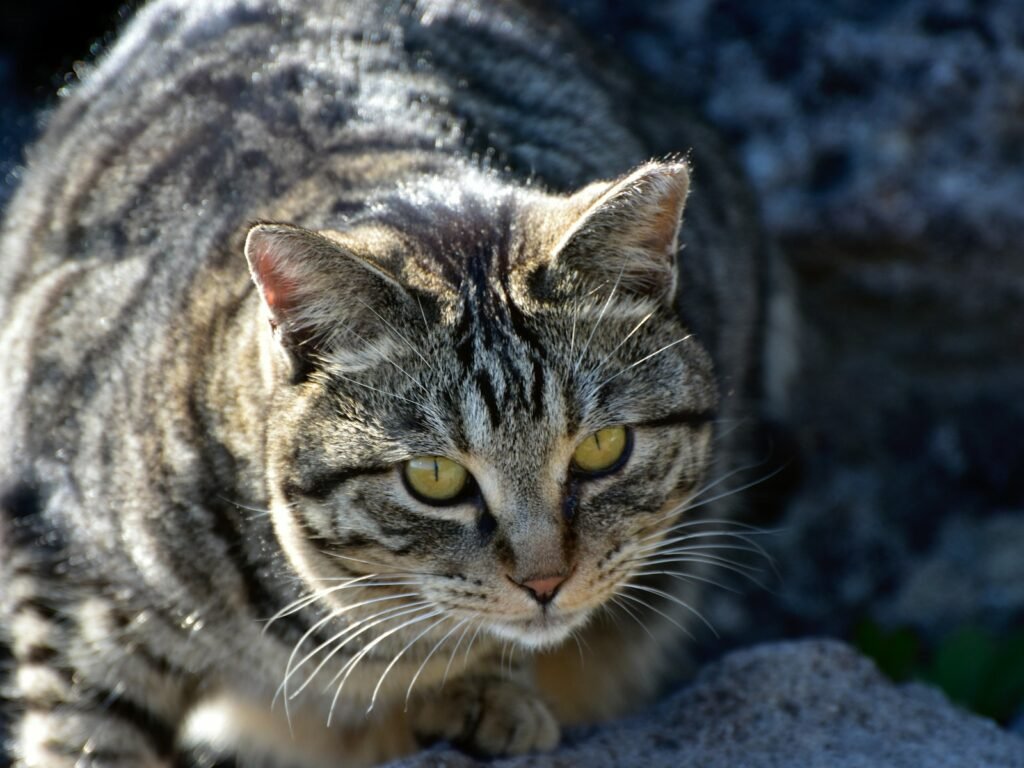
The domestic cat, Felis catus, shares a common ancestor with various species of wildcats. This ancestor, primarily believed to be the African wildcat, Felis silvestris lybica, roamed vast landscapes. Over thousands of years, environmental changes and human interactions contributed to the evolution of the domestic cat.
Wild Cats: The Genomic Foundation
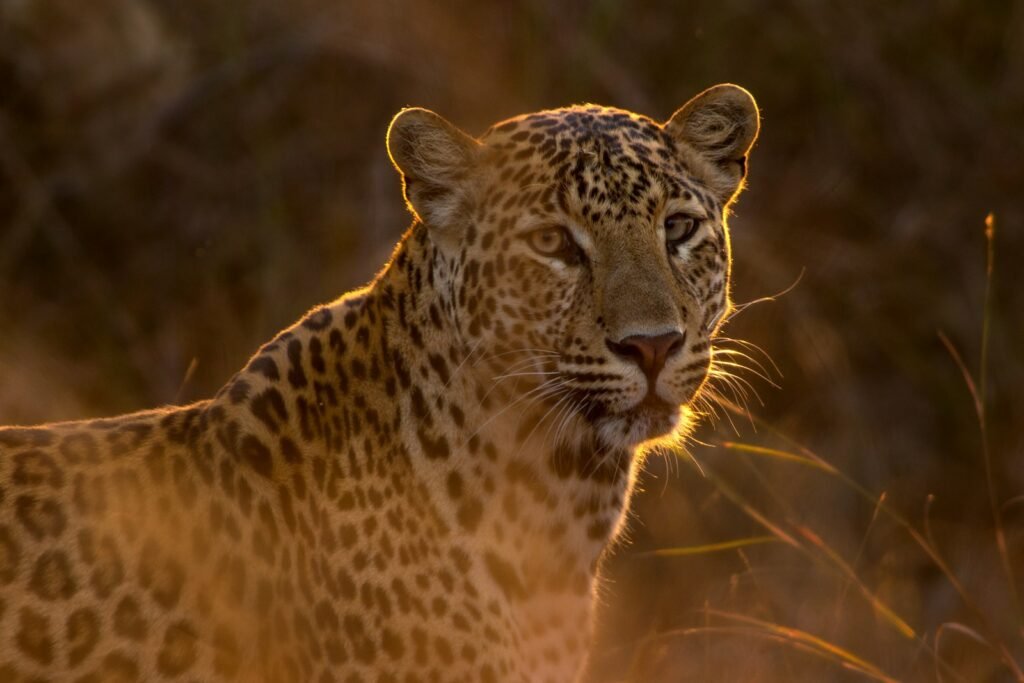
Wild cats like lions, tigers, and leopards belong to the larger Felidae family, which includes the domestic cat. Despite their size differences and diverse habitats, these species share significant portions of genetic material. Comprehensive genomic studies have mapped shared genes that influence traits such as hunting instincts and sensory perceptions.
Genetic Markers: A Closer Look

Genetic markers such as mitochondrial DNA provide clues about the evolutionary history of cats. These markers help scientists determine lineage divergence and trace maternal ancestry. By comparing these markers in wild and domestic cats, researchers can highlight the common threads in their evolutionary tapestry.
The Domestication Timeline
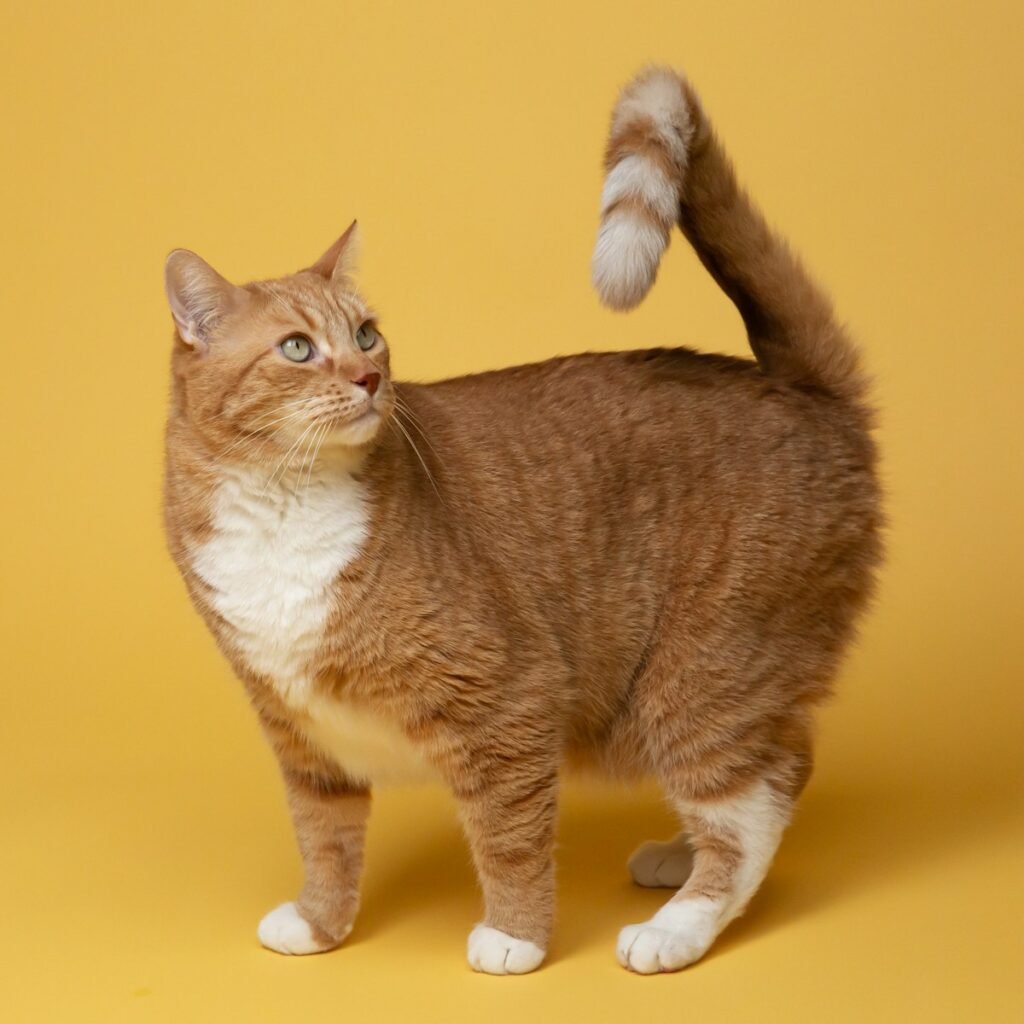
The domestication of cats started approximately 9,000 years ago in the Fertile Crescent, where humans first settled and practiced agriculture. Wildcats were attracted to these areas due to abundant rodent prey, gradually leading to a mutual relationship with humans. This association catalyzed specific genetic changes conducive to domestication.
Behavioral Changes and DNA

The transformation from wild predators to domestic companions required significant behavioral adaptations. Genetic analyses have identified specific genes associated with social behaviors and reduced aggression in domestic cats compared to their wild counterparts. These changes were crucial for cats to thrive alongside humans.
Adaptation Through Natural Selection

Natural selection favored wildcats that possessed traits beneficial for survival in human-inhabited areas. These traits included docility, a more docile nature, and a preference for living in close quarters with humans. Over generations, these selected traits were passed down, resulting in the domestic cats we are familiar with today.
Conservation Genetics and Wild Cats

Understanding the genetic link between wild and domestic cats aids in the conservation of endangered wildcat species. By identifying genetic vulnerabilities and diversity within wild populations, conservation geneticists can develop strategies to protect these majestic creatures from extinction.
Shared Health Concerns
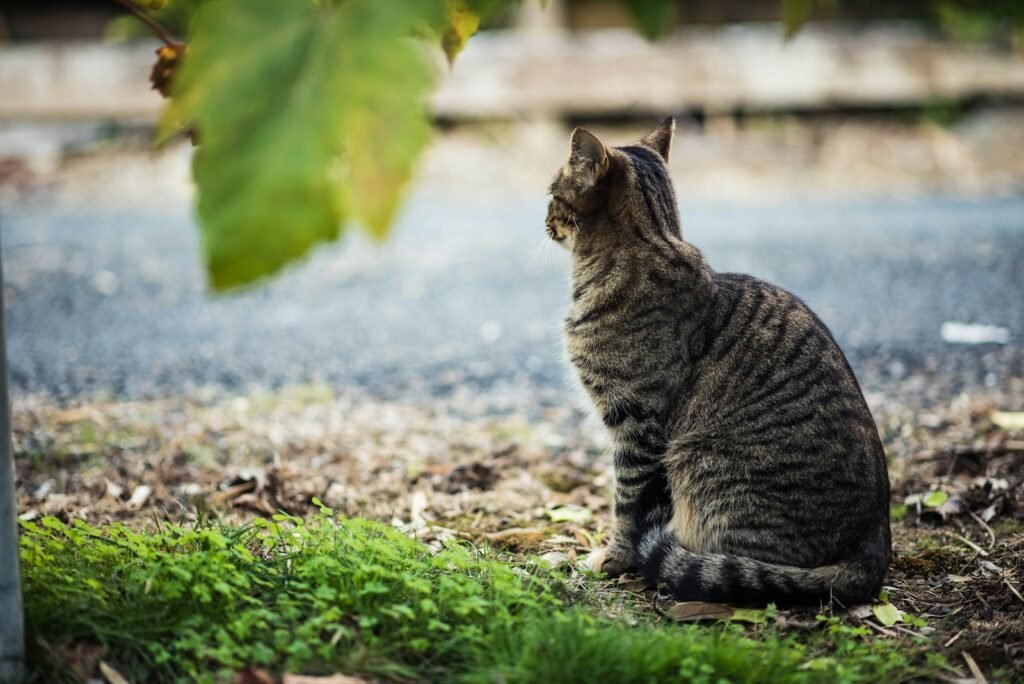
Both wild and domestic cats share certain genetic predispositions to health issues. Studying these shared genes allows veterinarians and researchers to better understand and treat diseases such as heart conditions, kidney problems, and certain cancers common to both groups.
The Role of Hybrid Cats
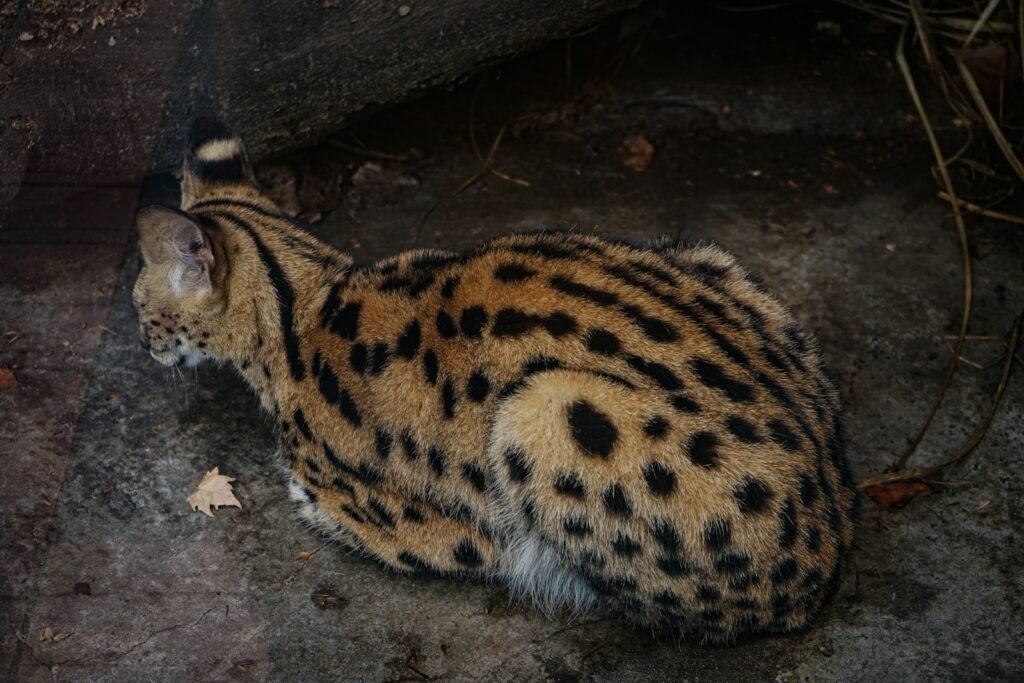
Hybrid cats, such as the Bengal or Savannah, are a blend of wild and domestic lineage. These hybrids provide a unique opportunity to study the genetic interplay between wild and domestic cat traits, offering further insights into their behavior, physiology, and potential health issues.
Future Directions in Feline Genomics

Advancements in genetic technologies continue to unravel the complexities of feline DNA. Future research aims to further decode the genetic blueprint of cats, uncovering more profound insights into their evolution, health, and role in ecosystems. This knowledge not only enhances our understanding of cats but also enriches strategies for their conservation and care.
The connection between wild and domestic cats through DNA underscores a remarkable evolutionary narrative. It showcases how genetics has shaped the lives of these fascinating creatures, influencing everything from their behavior and health to their symbiotic relationship with humans. As science progresses, the mysteries embedded in feline DNA continue to captivate and inspire.

Growing up traveling and experiencing new cultures and wonders, I have had a passion for nature, adventuring, photography, and videography. I am currently working towards a BSc in Biodiversity and Ecology at Stellenbosch University, and I hope to specialise in Marine Sciences one day.
Please send any feedback to Feedback@animalsaroundtheglobe.com


